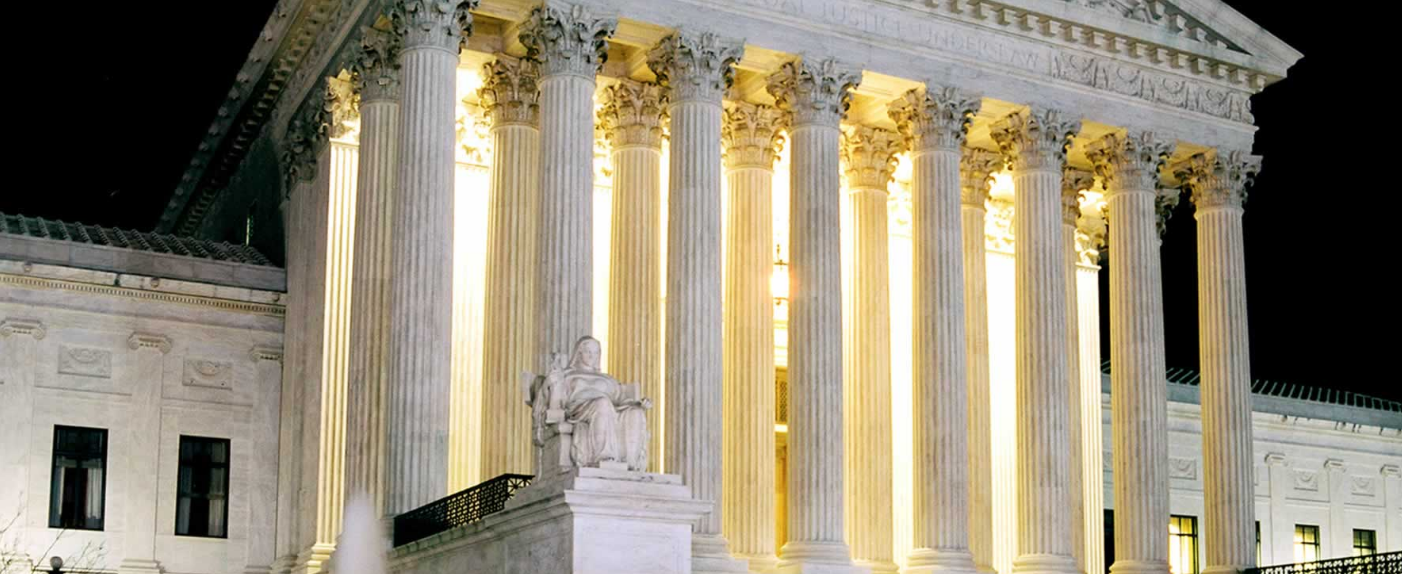Artificial Intelligence (AI) is reshaping the telecommunications landscape, offering both promising opportunities and notable challenges. Here's a concise SWOT analysis:
Strengths
AI enhances operational efficiency by automating network management, optimizing traffic flow, and enabling predictive maintenance. These capabilities reduce operational expenditures and improve service reliability. Additionally, AI-driven customer service tools, like chatbots, provide 24/7 support, enhancing customer satisfaction and reducing response times.
Weaknesses
Implementing AI solutions requires significant investment in infrastructure and skilled personnel. There's also the risk of over-reliance on AI, which may lead to challenges in handling unforeseen scenarios that require human judgment. Moreover, integrating AI into existing legacy systems can be complex and time-consuming.
Opportunities
The integration of AI with emerging technologies like 5G and IoT opens avenues for innovative services and revenue streams. AI can facilitate the development of personalized offerings, enhance cybersecurity measures, and support the creation of autonomous networks, positioning telecom companies at the forefront of technological advancement.
Threats
Data privacy concerns and regulatory compliance pose significant challenges. The potential for AI systems to make biased or erroneous decisions can lead to customer distrust. Additionally, the rapid pace of AI development may outstrip a company's ability to adapt, risking obsolescence.
Conclusion
In summary, while AI presents transformative potential for the telecom industry, companies must strategically navigate its complexities to fully harness its benefits.
Our follow up analysis will contain more detailed and a proposed plan of action for various types of telecommunications providers.



























